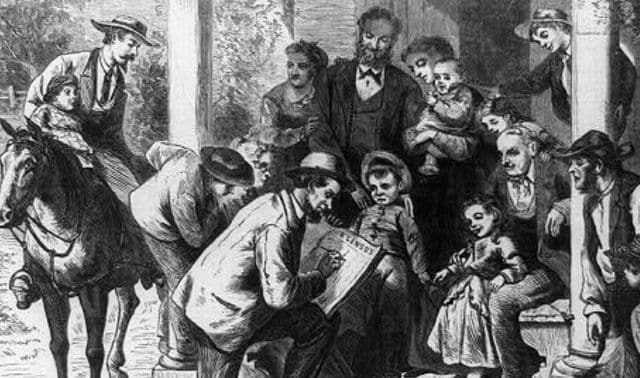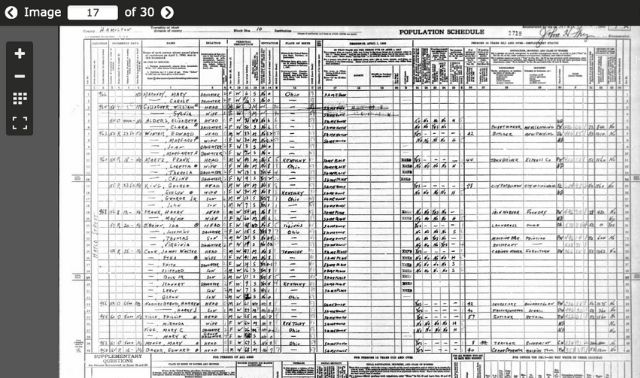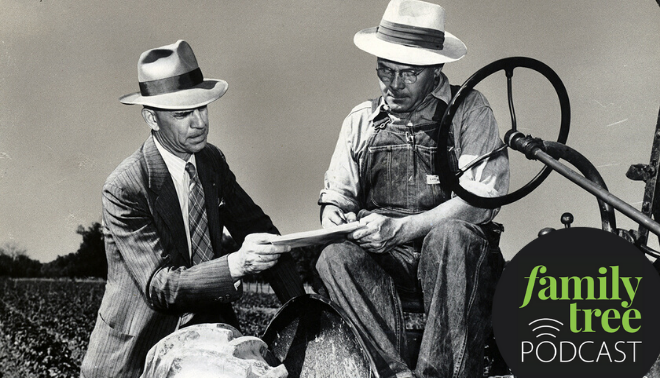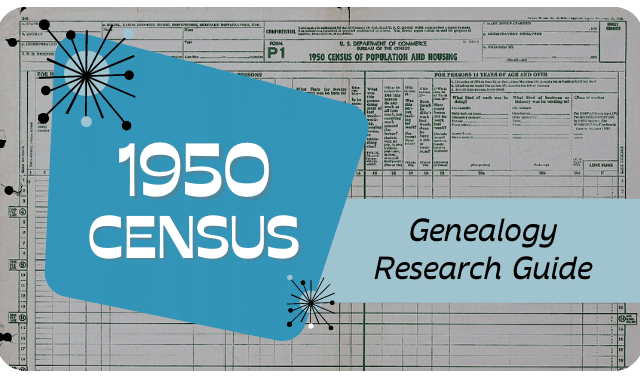Sign up for the Family Tree Newsletter! Plus, you’ll receive our 10 Essential Genealogy Research Forms PDF as a special thank you.
Get Your Free Genealogy Forms
"*" indicates required fields
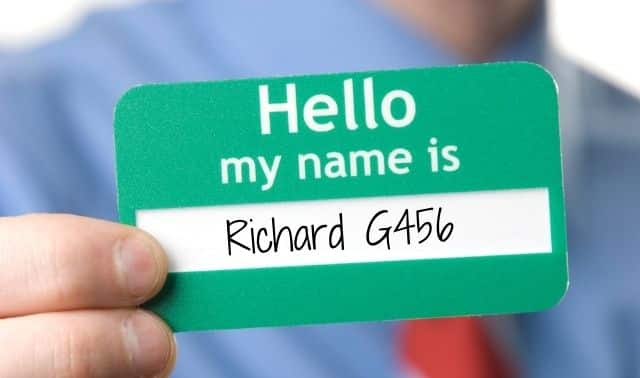
Census takers weren’t known for their impeccable handwriting, so you can understand why transcribers occasionally misread names and entered them incorrectly into databases. Unfortunately, that means an ancestor named Robert Cordes, for example, could show up as Robert Cordis or Cordos or some even stranger misspelling — and unless you try the right one, you won’t find him. Luckily, Ancestry.com and other sites let you search some spelling variations automatically, using Soundex.
The 1880, 1900 and 1920 US censuses — plus parts of the 1910 and 1930 censuses — are indexed according to the Soundex system, which is based on sounds in surnames. (Although the federal government developed this indexing system for the census, several organizations have adopted it for their own databases. That’s why you’ll find the Soundex-search option for other census years.) Every surname gets a four-character Soundex code (such as G516), beginning with the first letter of the surname. The remaining three characters are taken from the name sequentially, ignoring the letters a, e, h, i, o, u, w and y. Letters with similar sounds (such as b, p, f and v) are represented with the same number. You’d code as one digit any adjacent consonants from the same category (such as dd or sc). Once you reach the four-character limit, ignore the remaining letters. If you run out of key letters before reaching that limit, add one or more zeros. So the code for Cordes is C632 — as for Cordis and Cordos.
Select the Soundex option on Ancestry.com to search for all names with the same code as the surname you’ve entered. A Soundex search for Cordes will turn up matches for Cordis, Cordos, Curtis, Curtiss and other names. Of course, you’ll have more results to wade through, but you’re less likely to miss your ancestor.
ADVERTISEMENT
Written by Lauren Eisenstodt
A version of this article appeared in the April 2005 issue of Family Tree Magazine
How the Soundex system works
This indexing system is especially useful when you don’t know specifically where the family was living in the census year. The family’s Soundex card will tell you their county and community, and where you can find their names on the census. Soundex most often is available as microfilm of the cards on which basic census information was written. Names with the same code appear together in the Soundex. (Note that the 1880 Soundex includes only households with children ages 10 and under.)
ADVERTISEMENT
Code as one digit any double letters, such as tt or rr (Saddler — S346), or consonants with the same code that occur together, such as ck or sc (Scanlon — S545). Names with h or w between same-code letters are coded as if the h or w was not in the name at all (Sachse — S200, not S220). If you run out of key letters before you have the required three digits, simply add zeros (Mott — M300; Lee — L000). Names with the same code appear together in the Soundex.
To account for different surname spellings and mistranscriptions, you should code the usual surname variations to use in your Soundex search. Be aware that some names and their common variations have different Soundex codes because of subtle spelling changes, such as Larson (L625) and Lawson (L250), or Mood (M300) misread as Wood (W300). When you determine the codes for your family, you’re ready to get the Soundex microfilm for the census year, their state and their code. After you record the county, enumeration district, page and line number for the family’s census listing from the Soundex card, you can go to the census schedule.
If you’re using online databases, you may be able to search on a Soundex code, or a database might give you a Soundex option that automatically generates the code and looks for matches.
The Soundex Key
| 1 | b p f v |
| 2 | c s k g j q x z |
| 3 | dt |
| 4 | l |
| 5 | m n |
| 6 | r |
| no code | a e i o u h w y |
Written by Emily Ann Croom
A version of this article appeared in the September 2005 issue of Family Tree Sourcebook.
States included in the 1930 Soundex
The 1900 and 1920 censuses have a Soundex (index by sound of surname) for all states. The 1930 census, however, is only soundexed for 10 states and portions of two others:
- Alabama
- Arkansas
- Florida
- Georgia
- Kentucky (Bell, Floyd, Harlan, Kenton, Muhlenberg, Perry and Pike counties only)
- Louisiana
- Mississippi
- North Carolina
- South Carolina
- Tennessee
- Virginia
- West Virginia (Fayette, Harrison, Kanawha, Logan, McDowell, Mercer and Raleigh counties only)
For states without a Soundex, you’ll need to know the city or township name to search for your family. Large cities can take hours of research unless you have an exact street address and convert it to an enumeration district using maps and enumeration-district descriptions.
You can instantly calculate the Soundex codes for your surnames using a Soundex Code Generator.
ADVERTISEMENT

